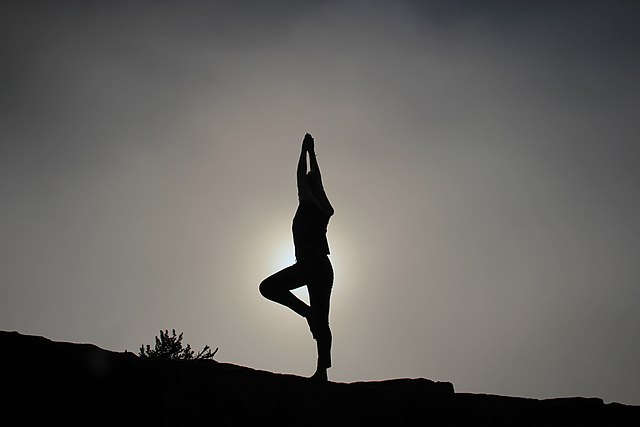Introduction
The Western world’s adoption of yoga as a health and wellness practice has masked its true origins and implications. While it is often marketed as a simple exercise regimen for improving flexibility and reducing stress, its spiritual underpinnings and potential dangers are frequently glossed over.
Yoga’s Origins and Proselytizing Purpose
Yoga is steeped in Eastern spiritual traditions, primarily Hinduism. It was brought to the West with a proselytizing intent, designed to introduce and integrate Eastern spirituality into Western consciousness. Its ultimate goal in traditional contexts is not physical fitness, but spiritual enlightenment or “self-realization.”
The Thin Line Between Stretching and Spirituality
To many Western practitioners, yoga may appear to be nothing more than a series of stretches and poses. However, each pose in yoga, known as an asana, has spiritual significance, being designed not just to condition the body, but to prepare the practitioner for meditation and spiritual exercises. Thus, even a rudimentary practice of yoga can unwittingly serve as a gateway to its deeper spiritual elements.
Kundalini Energy: A Core Concept
Central to yoga’s spiritual objective is the concept of Kundalini energy. Portrayed as a dormant, serpentine force at the base of the spine, Kundalini is awakened through yoga practice, ascending the spine to ostensibly trigger spiritual enlightenment. This idea of self-illumination starkly contrasts with Christian beliefs, where enlightenment and guidance come solely from God, through the Holy Spirit.
Dangers of Awakening Kundalini: The Kundalini Syndrome
The awakening of Kundalini energy can lead to disconcerting psychological and physiological symptoms, collectively referred to as “Kundalini Syndrome.” Reports include involuntary bodily movements, extreme emotional states, hallucinations, and physical distress. These troubling experiences mirror symptoms of certain mental health disorders, underscoring the potential risks of yoga practices that target Kundalini arousal.
Conclusion
In light of these concerns, it is vital for Christians to exercise discernment and caution. Even seemingly innocuous practices like yoga can serve as vehicles for beliefs and practices that conflict with Christian teachings. Instead of seeking self-directed enlightenment through practices like yoga, Christians are called to find wisdom, guidance, and comfort in God, cultivating a personal relationship with Him through Jesus Christ, guided by the indwelling Holy Spirit.
Discussion Questions:
- How might the origins and spiritual objectives of yoga conflict with Christian beliefs, particularly in regards to the concept of spiritual enlightenment?
- Considering the reported psychological and physiological symptoms of Kundalini Syndrome, how might the spiritual practices embedded in yoga potentially pose risks to practitioners?
- As Christians, how can we exercise discernment in our wellness practices, ensuring they align with our faith and do not inadvertently lead us into spiritual practices that conflict with Christian teachings?
Want to Know More?
- “The Yoga Tradition: Its History, Literature, Philosophy and Practice” by Georg Feuerstein: As an expansive historical and philosophical treatise on yoga, Feuerstein’s book can provide a deep understanding of the origins, practices, and ultimate spiritual objectives of yoga.
- “Kundalini: The Arousal of the Inner Energy” by Ajay Rana: This book specifically focuses on the Kundalini energy, its role within yoga and Eastern spiritual traditions, and its potential effects on the practitioner. It can shed light on the spiritual implications and potential dangers of awakening the Kundalini energy.
- “Christian Yoga?: A Global Movement with Diverse Theological Perspectives” by Andrea R. Jain: This source offers a critical exploration of yoga’s adaptation within Christian contexts, as well as diverse theological responses to its integration. It provides useful perspectives for understanding the conflict between yoga and Christian teachings.




